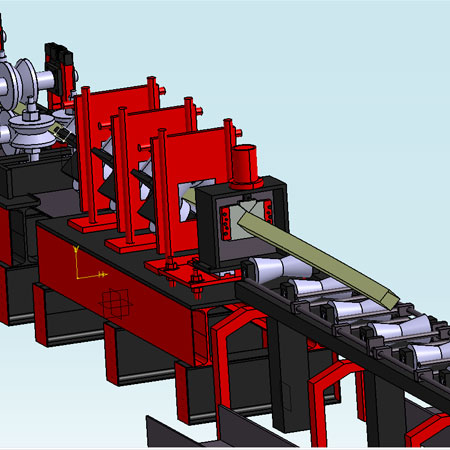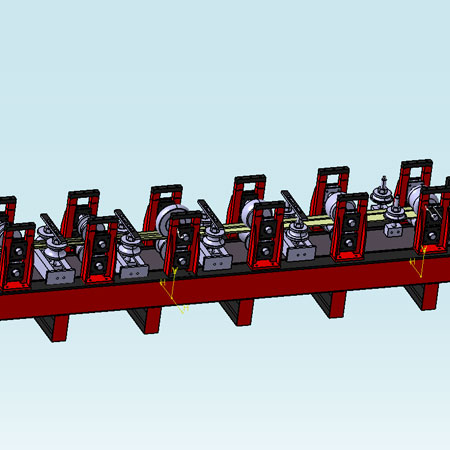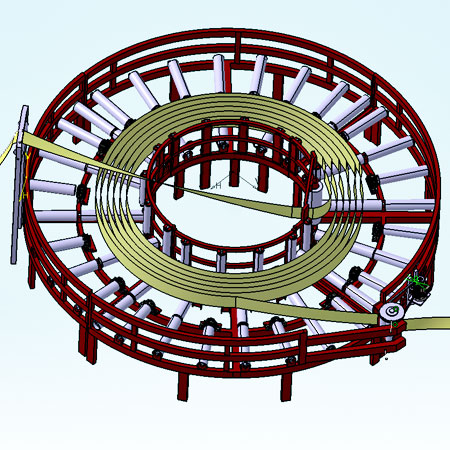Steel Pipe Mill buying guide
Choosing the right Tube Mill lineTube Mill Machine is essential for any manufacturer aiming to produce high quality welded pipes efficiently.The selection process must account for several critical factors such as the material type, production volume, product specifications, and technological capabilities of the machinery. Below is a structured guide covering key aspects of various tube mill types and industry considerations.





